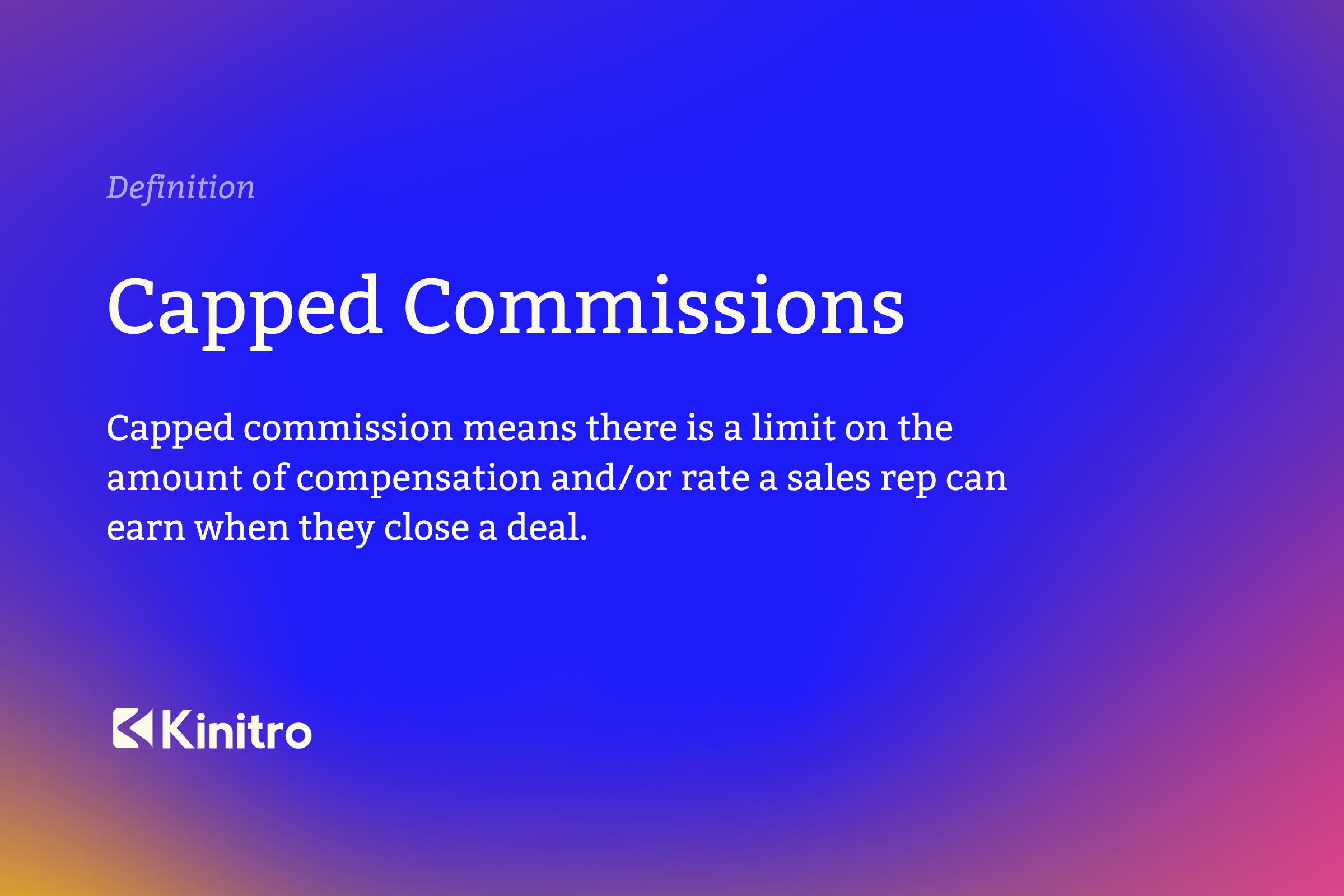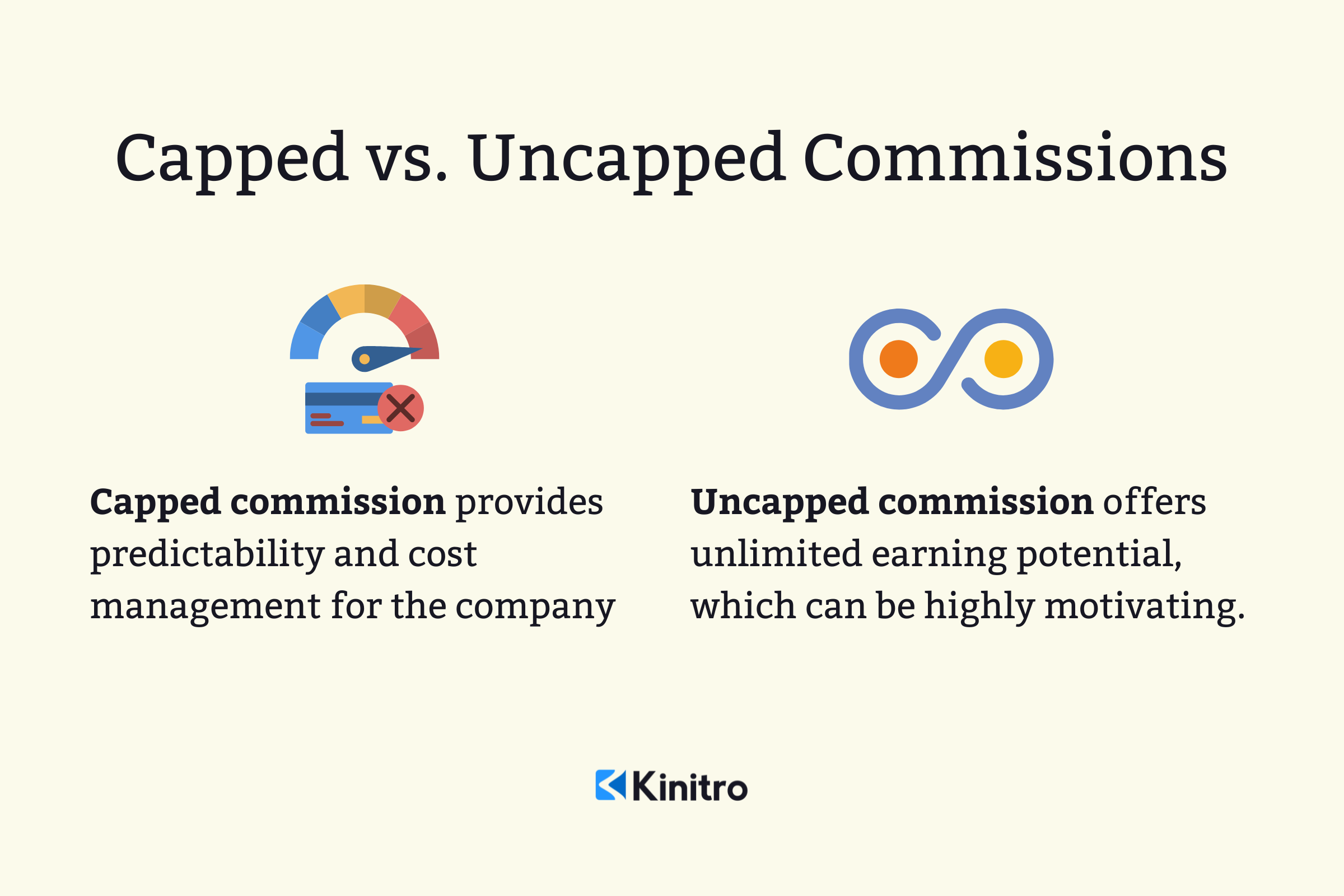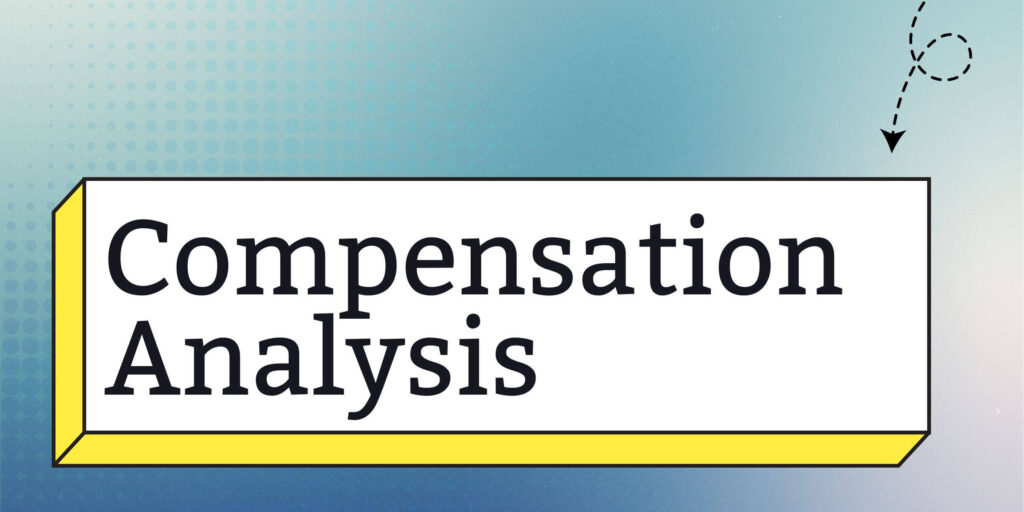Are you striving to find the perfect balance between motivating your sales team and managing costs? Look no further! Capped commission is the answer you’ve been searching for.
In this blog post, you’ll discover how capped commissions can help you strike that delicate equilibrium, maximize sales performance, and keep your budget in check. Let’s dive into the world of capped commission and see how it can revolutionize your sales compensation strategy!
Key Takeaways
Capped Commission structures balance rewards and limits in sales compensation.
Customize commission caps to create an effective reward structure that motivates your team and drives success for the company.
With preparation, transitioning to a capped commission model can be made seamless and keep the sales team motivated.
Understanding Capped Commission in Sales
Capped commission in sales plays a significant role in a well-structured sales compensation strategy. It sets a limit on the amount of commission sales reps can earn, balancing their motivation to perform while maintaining control over the company’s expenses.
So, what is the mechanism of capped commission and what is its effect on sales reps’ income? Let’s analyze these questions in the subsequent sections.

The Basics of Capped Commission
A capped commission structure sets an upper limit on the amount of commission that sales reps can earn within a specific period. This helps to ensure that sales reps are rewarded for their hard work while also keeping the rewards balanced, motivating them to make more sales.
In contrast, an uncapped commission structure offers unlimited earning potential, which can be highly motivating for some sales reps but presents challenges for companies in terms of cost management and fairness.
Impact on Sales Reps’ Earnings
While capped commissions provide a predictable and manageable expense for the company, they can also impact sales reps’ motivation and performance. With a commission cap in place, sales reps may feel limited in their earnings potential, which might lead to feelings of frustration or demotivation for those who consistently struggle to reach their targets.
On the other hand, uncapped commissions can offer the thrilling opportunity to earn more based on their performance, driving sales reps to push their limits and achieve ambitious goals.
Capped vs. Uncapped: Pros and Cons
Deciding between capped and uncapped commission structures requires a careful evaluation of their advantages and disadvantages.
Capped commission provides predictability and cost management for the company, while still allowing sales reps to earn a maximum amount.
However, an uncapped commission structure offers unlimited earning potential, which can be highly motivating for sales reps but challenging for companies in terms of cost management and fairness.
In the end, considering the specific requirements and objectives of your sales organization is necessary when choosing between these two commission structures.

The Role of Capped Commissions in Managing Costs
Capped commissions significantly contribute to cost management by offering budget predictability and managing overpayment risks. With a capped commission in place, companies can better plan their budget and allocate resources effectively.
Let’s analyze further how capped commissions aid in budgeting and cost control in the subsequent subsections.
Budgeting and Predictability
Capped commissions are an essential tool for effective budgeting and cost predictability in sales organizations. By setting a limit on the total commission a salesperson can earn, companies can better manage their expenses related to sales commissions, providing them with more financial stability. This helps to maintain a company’s budget and allows for better planning and forecasting.
Controlling Overpayment Risks
One of the key benefits of capped commissions is the ability to control overpayment risks, ensuring that compensation remains in line with company goals and financial constraints. By setting an upper limit on commissions, companies can effectively protect against overpayment by tying compensation to the right results, analyzing historical data, and adjusting capitation payment rates in managed care.
This ensures that sales reps, including each individual sales rep, are fairly rewarded for their performance while maintaining company financial security.
Setting Fair Sales Targets with Capped Commissions
Creating a successful capped commission structure requires setting fair sales targets that align with market conditions and company goals. By carefully considering these factors, you’ll be able to design a commission structure that motivates your sales team while keeping your company’s best interests in mind.
Let’s explore how to achieve this balance in the next few subsections.
Aligning Targets with Market Conditions
When setting sales targets under a capped commission plan, it’s important to keep market conditions in mind. Sales reps need to be aware of market trends and adjust their targets accordingly to ensure they remain achievable and realistic.
By staying on top of market conditions and aligning sales targets with them, companies can maximize potential opportunities and drive sales success, positioning themselves as a sales leader.
Balancing Incentives and Company Goals
Aligning incentives with company goals is essential in a capped commission structure to ensure that sales reps are motivated to perform while keeping the company’s best interests in mind. By creating a commission structure that incentivizes the right behaviors and outcomes, companies can effectively balance the needs of their sales teams with their overall business objectives and maintain a successful capped commission plan.
Motivating Sales Teams Under a Capped Commission Plan
Motivating sales teams under a capped commission structure can be challenging; however, there are alternative incentive strategies and ways to recognize non-monetary achievements that can help maintain motivation and drive sales performance.
Let’s examine these alternative strategies in the subsequent subsections.
Alternative Incentive Strategies
Under a capped commission structure, alternative incentives such as bonuses, promotions, and recognition programs can be powerful tools to motivate sales reps. By offering these additional rewards, companies can effectively engage their sales teams and help them reach their full potential, even within the constraints of a capped commission sales compensation plan.
As a result, these alternative incentive strategies can contribute to a high-performing sales team and drive company success.
Recognizing Non-Monetary Achievements
Recognizing non-monetary achievements, such as customer satisfaction and teamwork, can also play a significant role in maintaining motivation and morale among sales reps under a capped commission structure. Some ways to celebrate these achievements include:
Holding team recognition events or parties
Giving out certificates or awards
Providing public recognition in team meetings or newsletters
Offering additional perks or privileges, such as preferred parking or flexible work hours
Celebrating these achievements helps foster a positive work environment and makes employees feel valued and appreciated for their accomplishments.
By implementing non-monetary recognition programs, companies can ensure that their sales teams remain motivated and engaged despite the limitations of capped commissions.
Transparent Communication of Capped Commissions in Job Descriptions
Transparently communicating capped commissions in job descriptions is important because it helps to set clear expectations for prospective candidates and draw the appropriate talent for the company. In the subsequent subsections, we will talk about how to communicate the compensation package and provide examples of on-target earnings in job descriptions.
Articulating the Compensation Package
Clearly articulating the compensation package, including base salary, commission, and benefits, in job descriptions helps attract the right candidates for your sales team. This transparency ensures that potential candidates have a clear understanding of their earning potential and the rewards they can expect to receive in the role.
By emphasizing these details, companies can increase the chances of attracting and retaining top talent in their sales organization.
Providing Examples of On-Target Earnings
Providing examples of on-target earnings in job descriptions gives candidates a realistic understanding of their potential income under a capped commission structure. This transparency in the job description helps set clear expectations for potential candidates, ensuring that they have an accurate idea of the earning potential associated with the sales role.
By including on-target earnings in job ads, companies can make their job postings more appealing and increase the chances of candidates applying for the position.
Designing a Capped Commission Structure That Works
To design a capped commission structure that suits your company, you need to evaluate industry standards and tailor commission caps to meet your unique needs. In the subsequent subsections, we will discuss how to evaluate industry standards and tailor commission caps to create an efficient and inspiring capped commission plan.
Assessing Industry Standards
Understanding industry standards for commission structures is crucial in creating competitive compensation plans that motivate your sales team. Researching common sales commission structures and analyzing industry standards can help you set appropriate commission rates and caps for your sales organization.
By applying these insights, you can design a capped commission structure that reflects both industry norms and your company’s unique goals and values.
Customizing Commission Caps
Customizing commission caps ensures that the structure is tailored to your company’s specific goals and financial constraints. When customizing commission caps, consider factors such as the value of the products or services sold, the level of employee involvement in the sales process, and the company’s overall sales goals. By carefully considering these factors, you can create a capped commission structure that motivates your sales team and drives success for your company.
Transitioning to a Capped Commission Model
Switching from an uncapped to a capped commission model can be difficult, but with appropriate preparation and support, a smooth changeover can be achieved while keeping the sales team motivated.
In the subsequent subsections, we will talk about how to ready your sales team for the change and keep an eye on the impact of the new structure to make necessary modifications.
Preparing the Sales Team for Change
To successfully transition your sales team to a capped commission structure, it’s essential to:
Communicate the change clearly and provide the necessary training and support.
Set achievable expectations and offer extra incentives.
Help your sales team embrace the benefits of the new structure and maintain their motivation.
By involving the sales team in the process of closing deals and addressing their concerns, you can ensure a smooth transition to the capped commission model.
Monitoring Impact and Making Adjustments
It’s crucial to monitor the impact of the capped commission structure on your sales team’s performance and make adjustments as needed to optimize performance and maintain company goals. By regularly reviewing the commission structure and making necessary adjustments, you can ensure the structure remains fair and aligned with the company’s goals and objectives.
This ongoing monitoring and adjustment process will help your company get the most out of the capped commission model and drive sales success.
Summary
In conclusion, capped commission structures offer a balanced approach to sales compensation, providing both rewards and limits that motivate sales teams while managing company costs. By understanding the basics of capped commissions, setting fair sales targets, and implementing alternative incentive strategies, companies can create a capped commission plan that works for their unique goals and financial constraints. Transparent communication, customization, and regular monitoring are crucial in ensuring the success of a capped commission plan. Embrace the benefits of capped commissions and unlock the potential of your sales team today!
Frequently Asked Questions
What is capped commission?
Capped commission means there is a limit on the amount of compensation and/or rate a sales rep can earn when they close a deal. In a capped commission system, there is a maximum amount that a salesperson can earn in commissions for a specific period of time, regardless of how many sales they make. This type of commission structure is used to prevent salespeople from earning excessive amounts of money or to help control costs.
Why would a company put cap on commissions?
To control spending, companies often put a cap on sales commissions to avoid paying out more than a rep’s revenue. This is a prudent measure to ensure healthy business finances.
What does it mean by uncapped commission?
Uncapped commission means there is no limit on the amount of commission you can earn – it’s unlimited. You can earn more if you hit 200% of your quota than if you only sold 100%.
How can I motivate my sales team under a capped commission plan?
Motivate your sales team under a capped commission plan by using alternative incentive strategies, such as bonuses and recognition programs. This will help keep them motivated and drive sales performance.
What factors should be considered when setting sales targets with capped commissions?
When establishing sales targets with capped commissions, it is essential to factor in both the current market conditions and your organization’s objectives to ensure a motivating yet achievable incentive structure.







